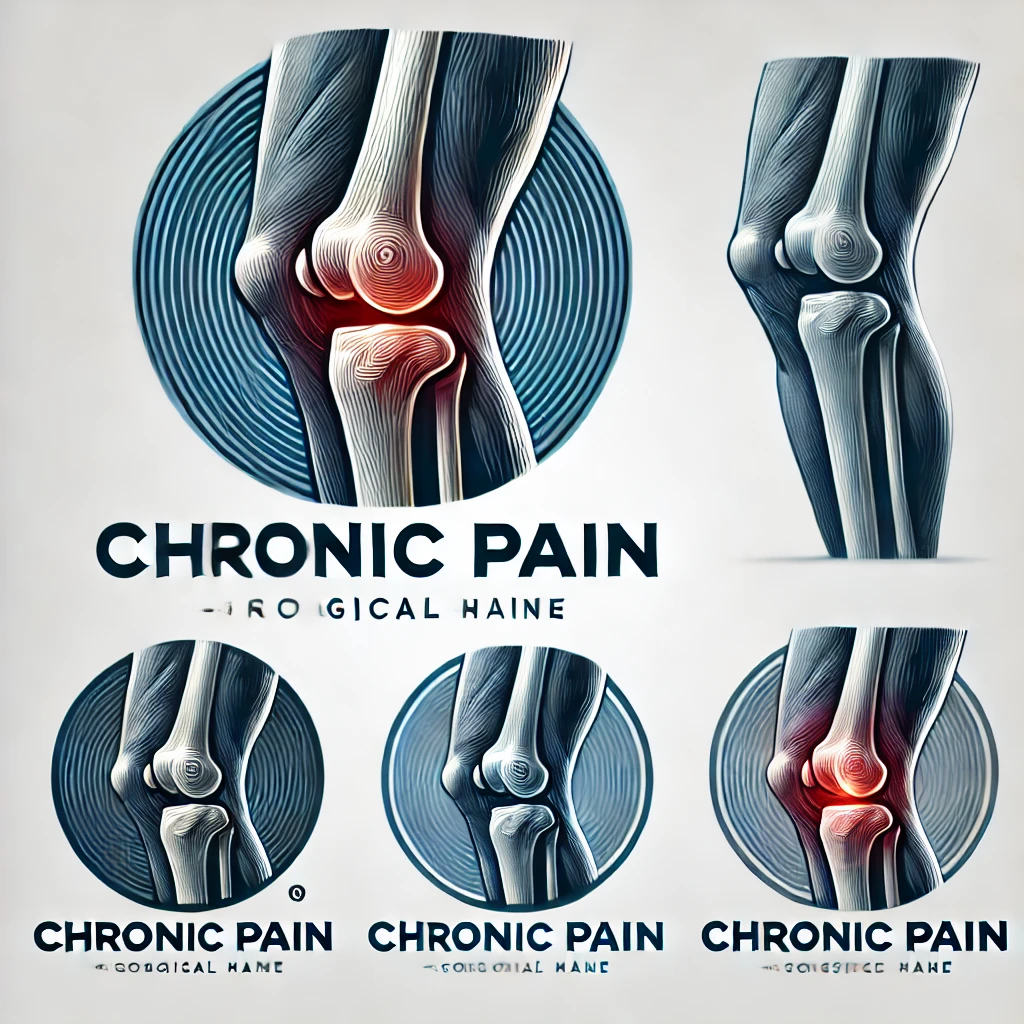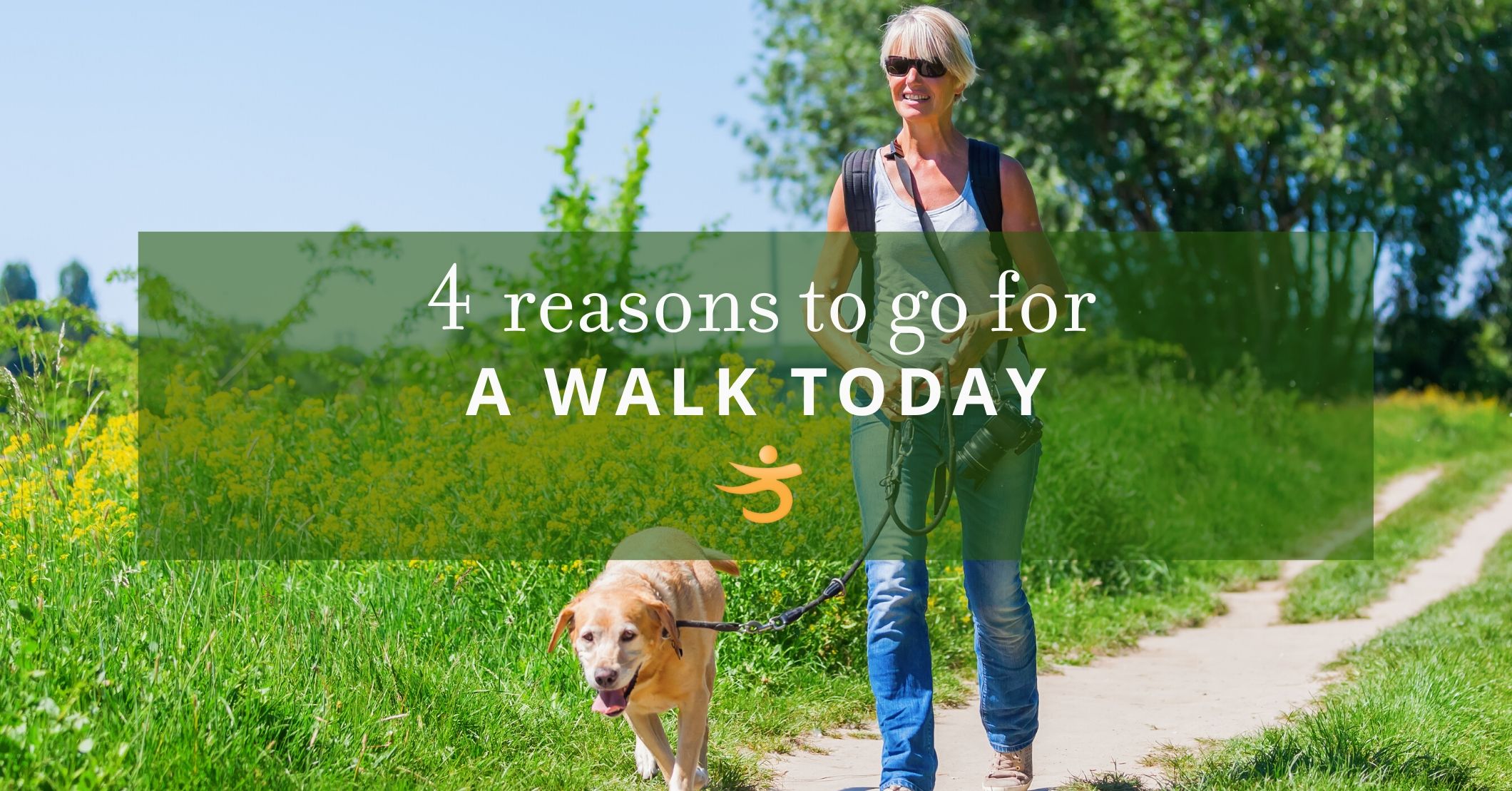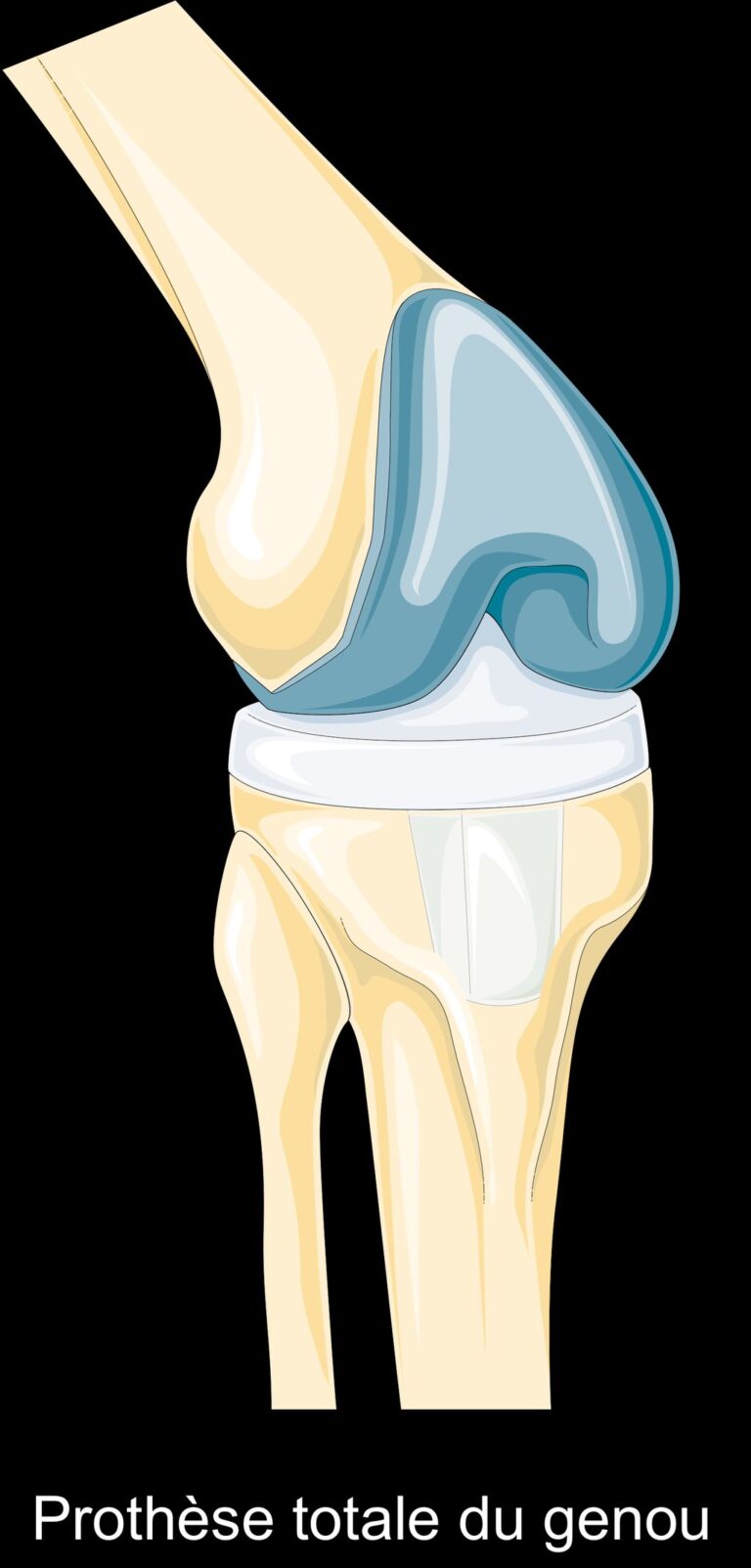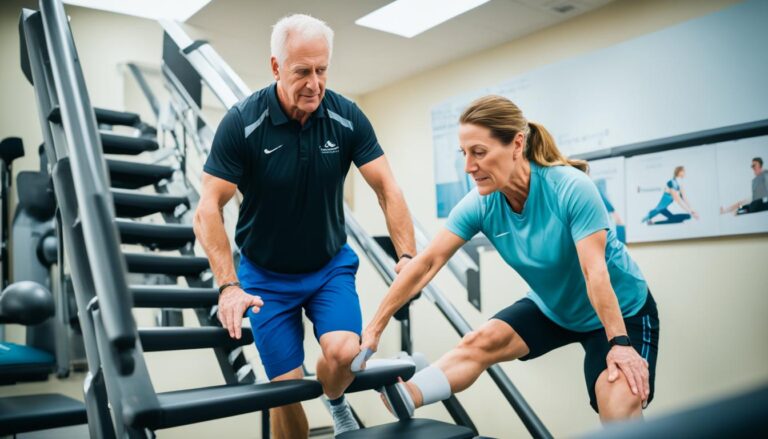Top health benefits of walking on earth
“The foot feels the foot when it feels the ground.” – The Buddha
Now that winter is finally over – after what seems like forever – more and more of us are going outside and being active. It is a time when I like to go for a walk and watch the world awaken from its long sleep.
Walking is one of the most useful exercises we have because it offers us So many important health benefits, as listed by many, many studies:
- Even one hour per week at an average pace reduces the risk of hip fracture by 6% in postmenopausal women, while at least four hours of walking per week is associated with a 41% lower risk of fracture (Feskanich et al., 2002).
- Walking reduces the tendency for high blood pressure, the risk of blood clots and stroke, and multiple cardiovascular risk factors (Murtagh et al., 2015).
- In older adults, more walking correlates with a lower risk of depression and a higher quality of life (Arrieta et al., 2018).
- Brisk walking improves oxygen intake, cardiovascular fitness and muscle tone while alkalizing the body.
But I would say that simply hopping on a treadmill for 10 to 15 minutes every other day, while providing all these benefits and more, somewhat misses the point. To walk outdoors gives us the chance to reconnect with the world around us – ideally in a soothing natural setting such as a park or trail, or at least a tree-lined sidewalk. Research shows that people who walk in parks tend to gain more benefits because they have fewer interruptions when walking due to traffic or other hazards to overcome [Sellers et al., 2012]).
When we walk outside, we can enjoy the wind, the rain, the sun, the leaves – everything the world has to offer. And it reconnects us ourselves in a very useful way: walking upright on two legs is the trait that defines human ancestry. Although today we are more accustomed to sitting than standing, regular walking on two legs is considered a unique human trait. Taking the time to walk—to put our feet on the ground and feel them, as the Buddhist saying goes—can offer us a kind of inner realignment that few other methods of practice offer.
As we approach summer, we have the opportunity to celebrate all the positive things that walking brings us. If you can, take that opportunity in a park or garden path; let your feet touch the ground, aware of all the good that walking in the open air can bring you.
But if you can’t, don’t worry! It doesn’t matter how you want to do it – in groups, alone, fast or slow, listening to music or meditating – just walk. Do it on a regular basis. Do it 30 minutes a day, add some weight from a weighted vest or weighted belt for even more impact and your bones and entire body will thrive.
References
Arrieta H, Rezola-Pardo C, Echevarria I, et al. Physical activity and fitness are associated with verbal memory, quality of life, and depression among nursing home residents: preliminary data from a randomized controlled trial. BMC Geriatr. March 27, 2018;18(1):80. doi:10.1186/s12877-018-0770-y.
Feskanich D1, Willett W, Colditz G. Walking and leisure activities and risk of hip fracture in postmenopausal women. JAMA. November 13, 2002; 288(18):2300-2306.
Murtagh EM, Nichols L, Mohammed MA, et al. The effect of walking on cardiovascular disease risk factors: an updated systematic review and meta-analysis of randomized control trials. Previous Med. March 2015; 72:34-43.
Sellers CE, Grant PM, Ryan CG, et al. Taking a walk in the park? A crossover pilot trial comparing brisk walking in two different environments: park and city. Previous Med. 2012 Nov;55(5):438-43.








2 Comments